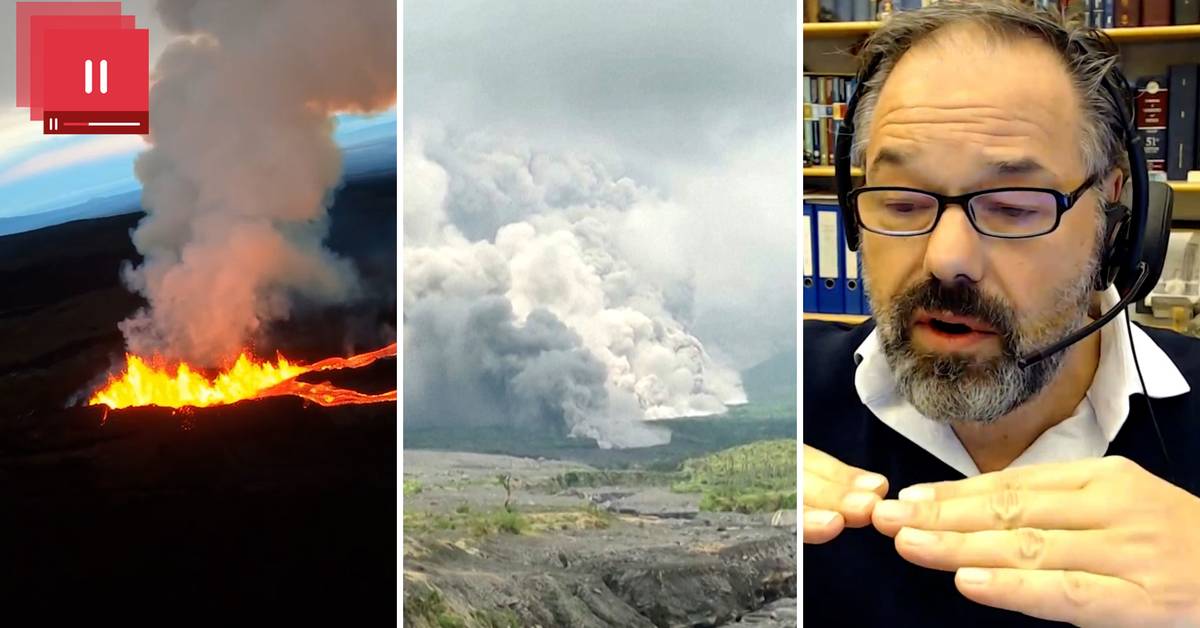Although the volcanic eruption in Hawaii and on the Indonesian island of Java occurred less than a week apart, there is no connection between them, says Valentin Troll, professor of petrology at Uppsala University.
- There are around 50 volcanic eruptions each year and it is not unusual for several to occur at the same time, he says.
What determines how much attention the eruptions get is how dangerous they are for people and how scenic they are, says Valentin Troll.
- The Indonesian volcano Semuru is very dangerous.
When it erupted last year, 50 people died.
But globally, I think it is relatively unknown compared to Hawaii's volcanoes, which are known for their frequent and very scenic eruptions.
Like shards of glass in the lungs
The images from Hawaii show rivers of lava that light up at night.
Lava can be avoided, says Valentin Troll.
But in Indonesian Java instead huge ash clouds are visible.
What lurks behind the ash clouds is what volcanologists call a pyroclastic flow, or glowing avalanche.
They move at breakneck speed and cannot be avoided.
- This is the same phenomenon that buried the city of Pompeii in AD 79. Breathing in the tiny ash particles is like getting tiny shards of glass into your lungs, and they won't come out again.
"Very unpredictable"
How long the Indonesian outbreak will last is unclear, says Valentin Troll.
- I wouldn't be surprised if Semuru decides to explode a few more times.
But it can also calm down quite quickly, as a nearby volcano did in 2014. It only lasted a few hours.
See how the images differ between the eruptions in Hawaii and in Indonesia in the clip.

